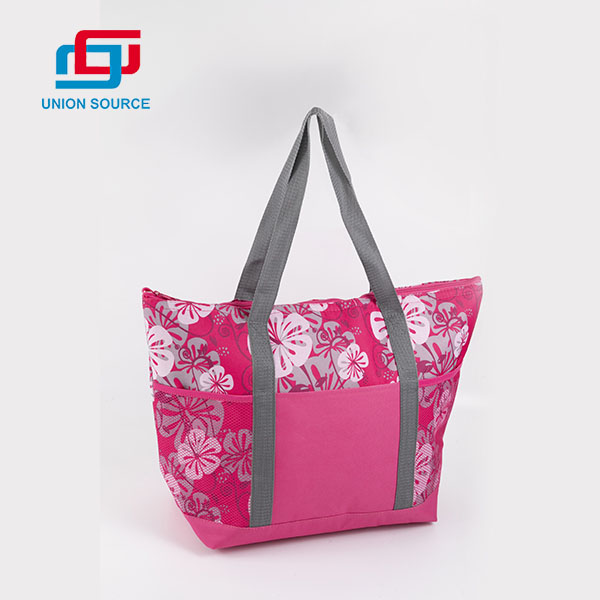Features and considerations related to cooling bags
2023-11-23
A cooling bag, also known as an insulated bag or cooler bag, is a portable container designed to keep its contents cool or cold. These bags are commonly used to transport perishable items, such as food and beverages, ensuring they remain at a safe temperature during travel or outdoor activities. Here are some key features and considerations related to cooling bags:
1. Insulation:
- The primary feature of a cooling bag is its insulation, which helps regulate the temperature inside. Common insulation materials include foam, polyester, or thermal foil lining.
2. Design:
- Cooling bags come in various designs, including tote bags, backpacks, shoulder bags, and even rolling coolers. The choice of design depends on the intended use and personal preferences.
3. Closure Mechanism:
- Many cooling bags have zippered closures or other secure fastenings to trap cold air inside and prevent warm air from entering.
4. Material:
- Exterior materials can vary and may include nylon, polyester, or other durable fabrics. Look for bags with water-resistant or waterproof exteriors to protect against spills and the elements.
5. Capacity:
- Cooling bags come in different sizes to accommodate varying amounts of items. Consider the capacity you need based on the quantity of food and drinks you plan to carry.
6. Lining:
- The interior lining of a cooling bag is often made from materials that are easy to clean and resistant to moisture. Some bags have antimicrobial linings to inhibit the growth of bacteria and odors.
7. Portability:
- Consider how you plan to transport the cooling bag. Some bags have adjustable shoulder straps, carrying handles, or even backpack-style straps for easy portability.
8. Ice Packs or Gel Packs:
- Some cooling bags come with built-in compartments or pockets for ice packs or gel packs, which enhance the cooling effect. These packs help maintain lower temperatures for a more extended period.
9. Pockets and Compartments:
- Additional pockets or compartments can be useful for storing utensils, napkins, or other items separate from the main cooling area.
10. Durability:
- Look for a cooling bag with sturdy construction and quality stitching to ensure durability, especially if you plan to use it frequently or in demanding environments.
11. Purpose:
- Consider the specific use case for your cooling bag. Whether you're heading to the beach, having a picnic, or going on a camping trip, different bags may be better suited for specific activities.
12. Foldability:
- Some cooling bags are designed to be collapsible or foldable when not in use, making them more convenient for storage.
13. Cleaning:
- Check if the cooling bag is easy to clean. Removable liners or materials that can be wiped down contribute to the convenience of maintaining cleanliness.
When choosing a cooling bag, think about your individual needs, the duration of use, and the type of items you plan to carry. A well-chosen cooling bag can be a valuable accessory for keeping your food and drinks cool and safe, whether you're on a short outing or an extended adventure.



